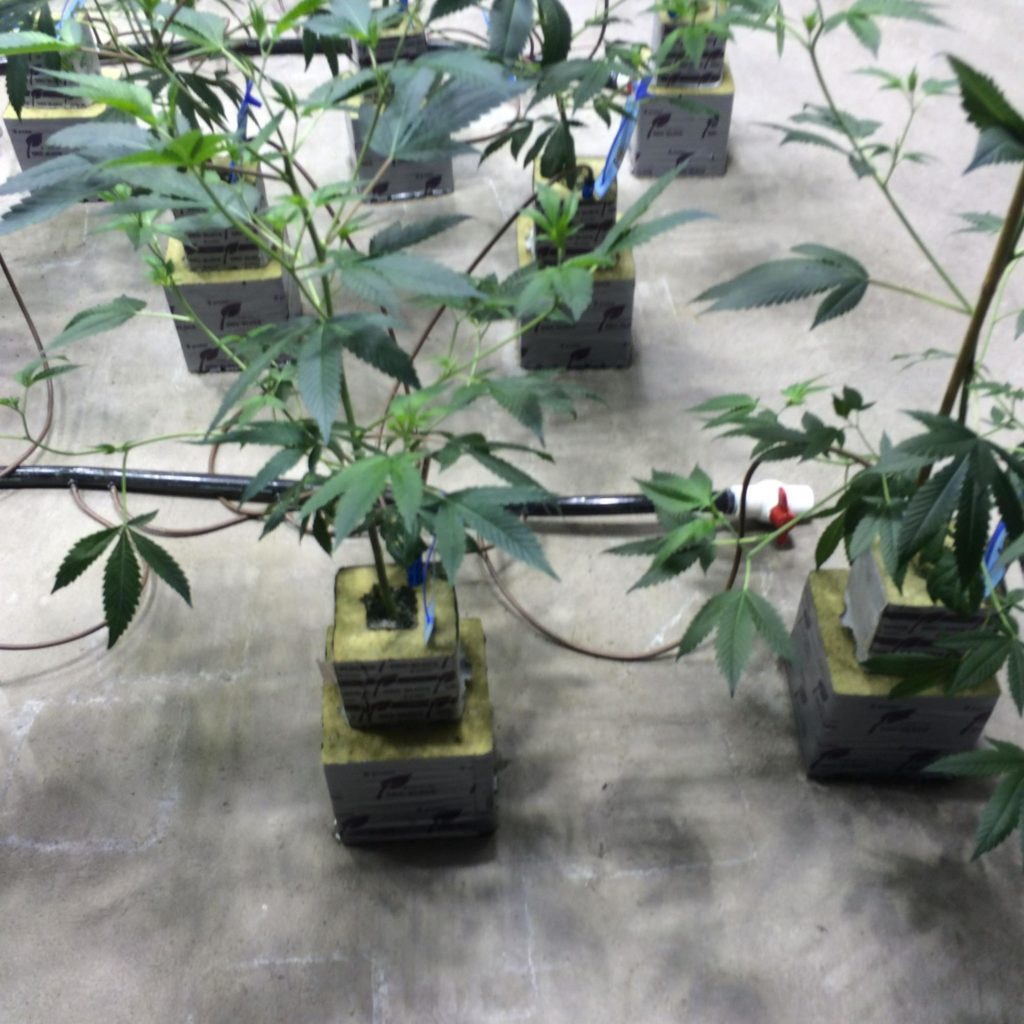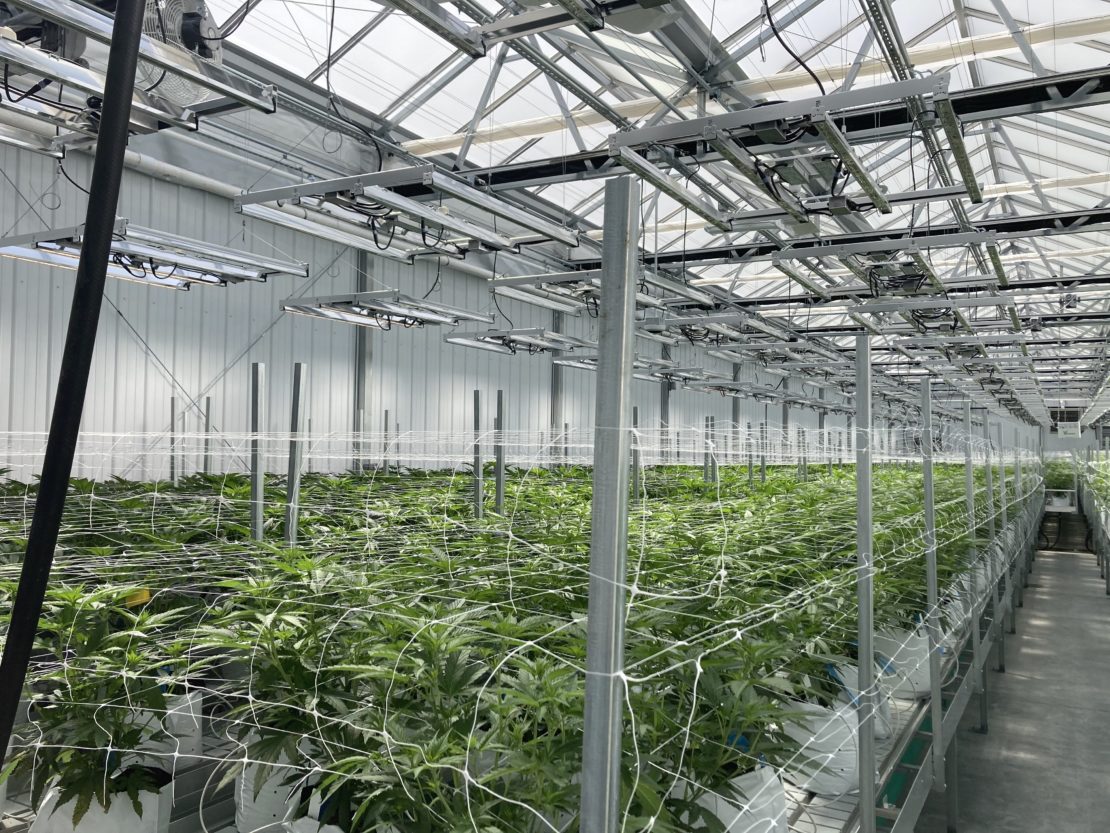What Is A Cannabis Facility?
A cannabis facility is an operational hub for most major aspects of a cultivation business. Inside these facilities, cannabis plants can be grown, crossbred, cloned, harvested, processed, and eventually sold. As medical cannabis and recreational marijuana continue gaining traction and popularity with consumers across the country, the need for consistent commercial cannabis cultivation and new facility locations is higher than ever.
3 Types Of Cannabis Cultivation Facilities
The three standard types of cannabis facilities are:
- Grow And Cultivation Facilities: In grow and cultivation facilities, cannabis plants are cultivated and allowed to grow until they are ready to be harvested.
- Extraction Facilities: In extraction facilities, harvested cannabis plants are processed, often through drying or cannabis oil extraction. Once processed, these cannabis components can be sold as-is, infused into consumables, condensed into capsules, and more.
- Dispensaries: In dispensaries, dried cannabis flowers and other cannabis products can be sold to consumers in a retail setting.
Each facility type is explained in further detail below.
Cannabis Grow And Cultivation Facilities
The majority of the cannabis production process takes place under the umbrella of cultivation and growing. Often companies will employ cannabis growers that already have the knowledge and foundations needed to achieve successful plant growth. These marijuana growers understand the ideal temperature, air filtration, humidity, and more requirements.
There are typically four main grow rooms within each cannabis growing/cultivation facility; these rooms are often referred to as the mother room, clone room, vegetative room, and flower room.
Mother Rooms
Mother rooms within a cannabis grow facility are used to house large marijuana plants that contain ideal genetics. Each large plant is typically utilized for many months. Growers can clone these mother plants, and they can use their genetics to ensure future plant growth is optimal. Mother rooms usually only make up a small percentage of available space/growing environment in a cultivation facility.
Clone Rooms
Clone rooms are mainly used for the purpose of propagation. Typically leaves that were once a part of healthy mother plants are placed in small containers of water to begin the propagation process. These propagated leaves will eventually grow into individual small plants that contain the identical genetic make-up as their healthy mother plants. Clone rooms are often similar in size to mother rooms.

Vegetative Rooms
After propagated plants have had some time to grow their own root systems, they spend time in a vegetative room. A vegetative room serves as a space for these plants to continue to grow and mature until they reach their flowering stage. Typically, vegetative rooms are more extensive than clone and mother rooms as they store plants that are growing larger and larger.
Flower Rooms
Flower rooms are typically the most extensive section of any indoor cannabis growing facility. Flower rooms usually account for more than half of all growing space. These grow rooms function as the final location for cannabis plants to grow until they are fully mature, flowering, and ready for harvesting. Workers inside the cannabis grow facility will also look for well-developed and healthy plants to eventually be moved into the mother room, effectively restarting the production cycle.

Cannabis Extraction Facilities
Extraction facilities are another essential facility type used within the cannabis industry. The primary purpose of an extraction facility is to take cannabis flowers and turn them into sellable adult-use cannabis products. Harvested cannabis plants are processed in extraction facilities, often through drying or cannabis oil extraction. Once processed, these cannabis components can be sold as-is, infused into consumables, condensed into capsules, and more.
Extraction facilities can vary in both size and scale. Some leaders in the cannabis industry use in-house extraction facilities that they also own, and others outsource the extraction process and utilize third-party facilities.
Cannabis Dispensaries
Cannabis dispensaries are another facility critical to the industry’s success. Cannabis dispensaries act as retail locations for people to purchase recreational and medical marijuana products. In most areas, cannabis dispensaries must meet specific codes established by state and federal regulations. Some of these codes include products only being displayed in lockable cabinets, a limited number of customers inside the building at all times, the presence of security workers, and more.
Challenges Of Cannabis Cultivation And How To Overcome Them
Any grower who operates a cannabis cultivation business can tell you that the job is not easy. There are many different aspects of the cannabis industry that can be challenging. Whether it’s understanding legislation and regulations in your area or documenting the processes your business uses to ensure the plants grow their healthiest, there are several moving parts to deal with. Some of the many challenges that cannabis companies face include:
Insects, Other Pests, And Plant Diseases
In many cases, insects and other pests can create a significant problem for cannabis cultivators. While insects are always expected in outdoor growing operations, indoor cannabis growers seem to deal with insects at similar rates. Pests and insects are not always entirely avoidable. Still, with the help of consistent cleaning and maintenance, growers can ensure they set their operations up to have the most successful yields possible.
Regulatory Compliance
A facility’s location is the primary factor when looking at necessary compliance measures. Ensuring your cultivation operation complies with all local, state, and federal guidelines can be challenging as these regulations are often being amended and updated frequently.
It is much less of a challenge to be in compliance when your work practices are standardized. Standardization is vital in the cannabis industry, especially. Businesses in the cannabis world that fall short of compliance requirements can find themselves fined and shut down quickly. Standardization is one of the many tools at your disposal to help you avoid compliance-related issues.
Recording And Following Business Processes Can Be Crucial
For business owners in the industry, one of the most realistic approaches to take when overcoming any of the above obstacles is to ensure your plans, protocols, and checklists are recorded and followed correctly.
If you are looking to create a quality control guidebook for your cannabis business, there are many things specific to the industry that should be included in it, such as:
- The Medium You Plan To Utilize
- Substrates For Initial Planting, Mature Plants, And Clones
- Grow Lighting Guidelines And Schedules
- Climate Control Conditions
- Plant Measurement Guidelines At All Different Development Stages
- Plant Care Protocols At All Different Development Stages
- Fertilization Guidelines And Schedules
- Insect Prevention Guidelines
- Bacteria Prevention Guidelines
- Fungus Prevention Guidelines
- Nutrition Deficiency Prevention Guidelines
- Plant Harvesting Protocols
- Waste Management Protocols
- Cannabis Inventory Management
- Cannabis Inventory Control Protocols
Another vital tip is to record and measure plant growth differences when changing certain aspects of the cultivation process. Suppose you decide to add an additional hour of light for your cannabis plants in the clone room. In this case, keep up-to-date information on how this change affects the growth of your plants. When cannabis operators are more detailed in their business practices and protocols, they often have more potential to be profitable and successful.